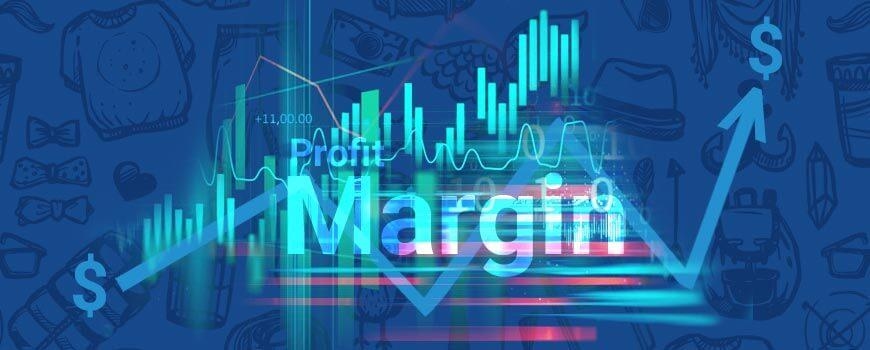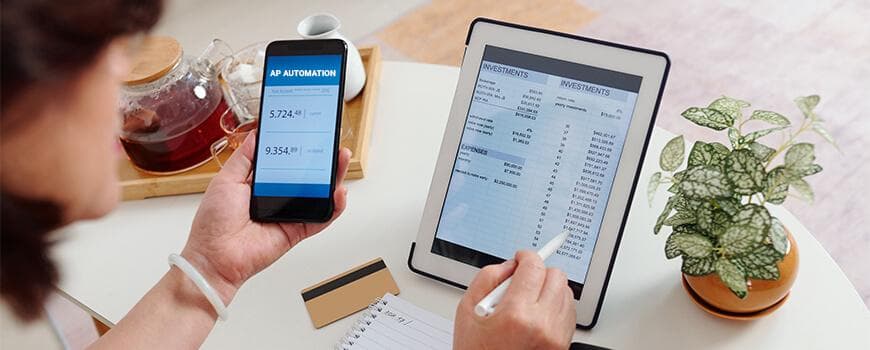Protecting margins of fashion brands with price variance analytics
08 June 2022


Richard Pascoe
Vice President - Consulting ServicesRichard Pascoe is the VP- Consulting Services, Applexus Technologies, UK. An experienced leader and business development manager, Richard has been accountable for the success of the...
The fashion industry is known for its volatility. The competitive landscape in fashion is packed with unprecedented challenges during a product’s journey from design to delivery. There is often a long lead time between the conception of a product and the time taken for it to hit the shelf – often referred to as the ‘critical path’. The product undergoes various driving forces during this critical path that can result in a change in its cost price or lead time. To ultimately arrive at the intended selling price for the product and achieve the expected margins, organizations must track the variance in the cost price efficiently.
Even now, many companies follow outdated methods and depend on manual work to address potential price variants in real-time – pointing at a significant room for improvement. The ever-changing price variants in each stage of production can affect the overall key business metrics, as the price of one product is often interlinked with others within a theme or season. Tracking the cost price during the critical path gives you the ability to adjust prices, themes, drops and ultimately the range while protecting the profit margins. However, the main issue is not having a system in place to track these changes as and when it happens.
Factors that affect cost price through the critical path
There is typically a considerable duration between creating a product concept and selling it in the market. It takes months for a product to hit the shelf, and things change invariably during that period. From raw material to energy costs to design changes, most products go through changes at various stages in the critical path – affecting the overall cost of the product. The long lead time toys with your plan to sell the product at the initially estimated price.

- Overhead costs: There is considerable uncertainty in variable overhead expenses, such as fuel and energy costs. Global factors and policy changes often throw a wrench into your overhead costs. By tracking these changes, you can analyze and determine the product prices accurately.
- Product development: The Product team submits the design of a particular product to the outsourced/in-house manufacturing team. The supplier might get back with changes in the design based on the feasibility of the manufacturing process itself, which affects the estimated cost price.
- Sampling process: Sampling is a much-needed process in fashion that provides early feedback on the product. Based on the response during sampling, the products may go through several tweaks, resulting in unexpected cost changes.
- Quality control: Quality control makes several recommendations during the process to ensure every product maintains a certain standard. Whether it be the material quality, the color, or the nature of stitching, the product goes through strict quality control before it hits the market. All these recommendations have a direct impact on the production costs.
Reporting and transferring data manually consumes time, and the accuracy is often questionable. Delays in communication and not reporting changes soon enough are a by-product of an aged administrative system.
A few apparel retailers are embracing advanced analytics and blending intuition with science to regain control and price smarter. Doing so has brought about a margin and sales lift of three to six percentage points for some companies. - McKinsey (1)
How data analytics can help the fashion industry and benefit your business
Be it the raw material cost, production cost, packaging cost, operating expenses, shipping or labor, the price keeps fluctuating during the long lead time.

Fashion brands need to take an all-around strategy to determine the accurate pricing for their offerings. The selling price and margin of a product are decided based on assumptions/forecasts and not always on real-time data. Businesses that navigate the price variances through accurate data can ride their wave successfully and retain the margins.
To capitalize on analytics, you need an integrated solution with the power to provide updates on the cost price changes throughout the critical path to each department in real-time. The data can be factored into every process and decisions along the supply chain can be followed based on it.
- By having analytics solutions for price variance in place, you can track cost changes instantly, and reinforce better decision-making.
- The system empowers your business in fashion and helps you make changes to fluctuating conditions.
- Every time a production or purchase order changes, it is captured and reported in real-time, allowing you to react appropriately.
- Based on the data produced by the system, the planning team can revise and review every factor that affects the margin.
- It helps you analyze the cost as they change through the critical path and provides an overall picture of your key business metrics when grouped with other products within the same theme/season drop.
- Through the use of simulation tools – you can run a what-if analysis and forecast the potential impact or risk of varying factors ahead of the changes.
Capturing data at necessary intervals allows you to easily scrutinize the impact of changes at every stage of production and respond accordingly. For instance, increasing the selling price, adjusting the quantities within a theme/season drop, increasing the quantity of more profitable products, and reducing the production of products that costs more becomes much easier with the analytics solution in place.
To be successful in the fashion industry, understanding the market and responding with the right products at the right price at the right time is crucial.
Applexus understands the needs of the fashion industry to have analytics for price variance as opposed to banking on inaccurate spreadsheets that are manually reported. At Applexus, we developed an analytics solutions to help you track the price changes on a regular basis – effectively resulting in better management and accurate forecasting of production costs.
Thriving in the fashion business is possible for every brand if it can track its costs using accurate data. Ultimately, the more accurate the forecasting, the better control you have over the business.
1 By Fred Fontes Gerards, Chris Goodin, Bryan Logan, and Jennifer Schmidt, December 13, 2018. Powerful pricing: The next frontier in apparel and fashion advanced analytics, McKinsey. https://www.mckinsey.com/industries/retail/our-insights/powerful-pricing-the-next-frontier-in-apparel-and-fashion-advanced-analytics












